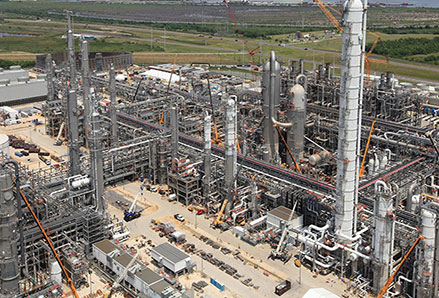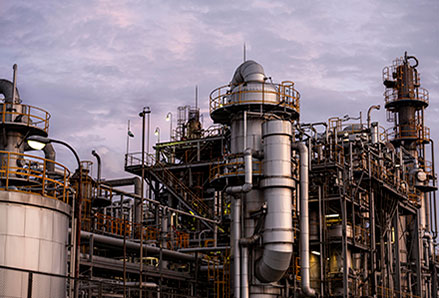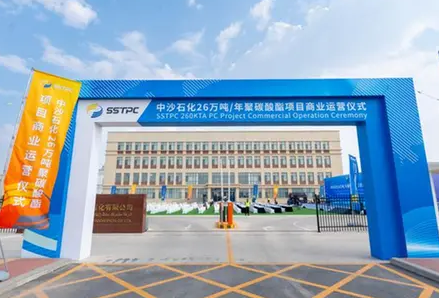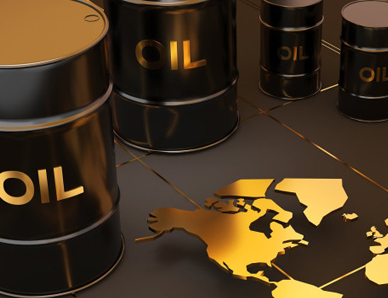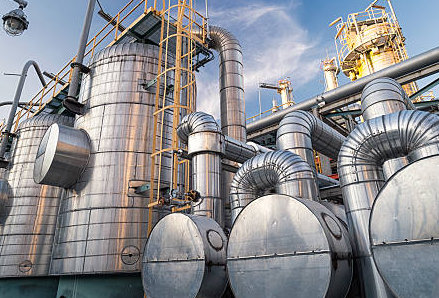New Plant
New PP Plant on first half of 2024
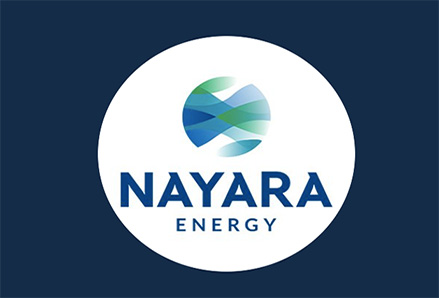
Nayara energy India is going to start new PP plant on 6 months of early 2024
The second largest of Indian private oil company said that he will start operation to produce polypropylene plant on early of next year.
Due to increased consumption of India for PP around 25% between April 2022- March 2023 from , he has taken decision to start new plant instead of import
Wide PP application such as packaging , automotive , consumer lifestyle products,… .
New plant will be designed to produce 450,000 ton polypropylene capacity annually.
The new plant and PP production line will be base on phthalate free catalyst which provides cleaner PP for health , pharma and hygiene application and so Nayara will be first and the only producer in India for this method.
New products will be packed in HDSS bags and customers can have full technical support with various sales distribution networks and nayara said about high quality of materials for food application.

